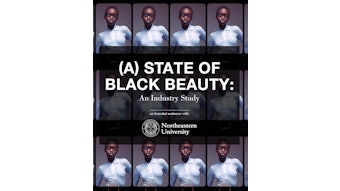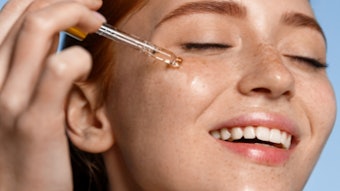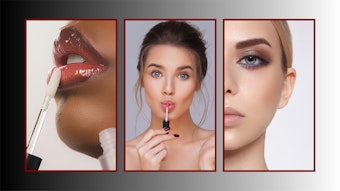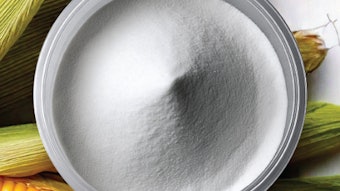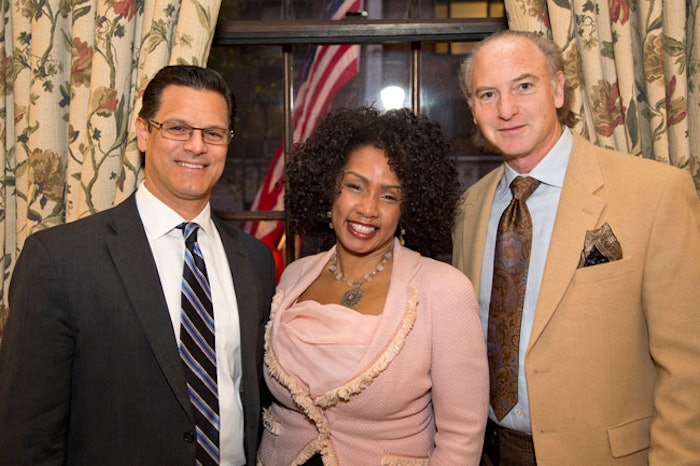
Marshall Cohen, chief industry analyst, The NPD Group, kicked off the 2014 Beauty Industry Review and 2015 Forecast presentation with a look at how lifestyle trends are changing the consumer landscape. “Casual activity and a healthy lifestyle are hallmarks of the environment today. We are now a generation and a country that is looking a lot more healthy and active,” said Cohen.
He noted that while the Smartwatch still has a relatively low penetration in the market, at 2%, he observed that one in 10 adults in the U.S. has a fitness trainer, athletic wear is on the rise and the “no makeup makeup look” has been in growth mode. Cohen referred to the environment as “the era of more,” where we are all dealing with more distractions than ever.
“Now it’s about more connectivity and more discretionary income,” he said. “Economic confidence is higher than it has been in 10 years,” Cohen said. “But if you have higher economic confidence, you have to recognize the implications and the consequences,” citing lower gas prices as an example, which he noted might spur an ultimate rise in taxes.
In addition, Cohen noted the growth potential of the boomer market. “The millennial consumer won’t always be the growth market. Trends are accelerating and will be moving toward the boomers. We have a lot of years to go with peak spending power anticipated to be at year 2026, so don’t write [boomers] off yet,” said Cohen.
He noted that the retail calendar doesn’t always follow the weather calendar, advising retailers to take advantage of the post-holiday period and advising on the importance of keeping key items available for a longer selling period.
“This is a huge opportunity that needs to be embraced. It used to be, ‘I need this now;’ then it was, ‘I want this now,’ and then it became, ‘when will I use this product?’” said Cohen. “Timing matters. Time your products better, time your messages better, time your promotions better, time your launches better and time your educational information better.”
Not only do consumers want to buy when they need something, but they also need to be understood. “Being ready is key to your understanding of consumers. Diversify your message, diversify your products and learn to recognize lifestyle as an opportunity,” Cohen said.
Nielsen Speaks
“With over $33 billion in sales and 94% of households buying beauty products, we are dealing with a mega category,” said James Russo, senior vice president, global consumer insights at Nielsen. The key, he advised, is to learn how to stand out in a sea of sameness. He discussed the importance of learning how to “shine on shelf” and how to connect to larger consumer trends. “Health and wellness is bigger than beauty, and there are so many factors driving this category,” he said.
While Russo noted that there is 24% growth in the natural and organics category, the potential of spending in the multicultural arena has yet to be fully leveraged. In addition, men’s spending in beauty (that is skin care, hair care and shaving) also portends growth in the overall beauty landscape. Advertising effectiveness for both multicultural and men’s categories is still a developing story, while the millennial groups need to be approached as distinct entities. Russo explained that younger millennials (18-25), for example, are responding to advertising that tells a story while older millennials (26-34) respond to mixed story lines.
Brick and mortar retail remains important, “But, consumers increasingly prefer to shop online,” said Russo. He did acknowledge, however, that consumers went back into brick and mortar over the holidays.
Zeroing in on a case study of beauty breakthroughs on shelf, he said, “Natural is important, but not at the expense of innovation and packaging. Also, choose words wisely, particularly in making claims. Focus on benefits; be very result-specific.”
The Beauty State of Mind
Karen Grant, global beauty industry analyst, The NPD Group, took a look at the state of mind of the industry today. She noted that the four points of marketing (products, price, place and promotion) had been supplanted by four new points: priorities, people, products and pace.
“Consumers haven’t cut spending on things they can use or wear, for example, beauty treatments, beauty products, apparel, footwear, accessories..." she said. "There are elements that we spend on for ourselves and our loved ones, including dining out, microwave ovens, cordless vacuums and technology.”
She posed the question, “Are beauty shoppers seeking happiness elsewhere?” While she noted a 4% drop in beauty spending, she also noted that wearable tech was +92%, stick vacuums, +38% and stereo headphones +14%. To put the 4% drop in beauty spending in perspective, Grant provided some relative numbers to assign value to the percentages, i.e., if 1% is equal to 1.5 million consumers, then 4% is equal to 6 million consumers.
Prestige and Mass
Prestige beauty is still outperforming the mass channel, with sales of $11.2 billion in sales in the U.S. market, a growth percentage of +3%. While the mass channel saw sales of $22.1 in the U.S. market, growth was flat, noted Grant. Makeup and fragrance also grew in prestige, with makeup growing +6% and fragrance growing +2%. In discussing the key to driving growth, Grant said that every transaction matters, whether it is in brick and mortar, online or via mobile technology.
Grant added how important it is to reach and engage the customer. She emphasized that the consumer mindset needs to be understood, and behaviors (for example, the window of time that it takes a woman to decide to make a purchase) are also key.
“Product reviews and testimonials are coming up higher than product ads in driving business,” she said. She cited sales over the holiday period at a number of stores in NPD’s study, which included Bath & Body, Nordstom, Sephora, Macy’s, Neiman Marcus and Saks. “One of the levers that is being pushed a lot is the loyalty of the beauty shopper. This shopper being incentivized will likely drive her to spend 30% more. So, being happy is a quality of life choice, via ‘me and we’ spending from both the customer’s heart and wallet.”
Engaging the beauty consumer must take into account the diverse face of consumers today, whether they are students, retired or homemakers. This group, according to NPD, is 28% more likely to take more than a week to decide on a beauty purchase. If they are on You Tube daily, this group is 56% more likely to take more than a week to make a beauty purchase, and if they are addicted to their digital devices, this group was found to be 49% more likely to take more than a week to make a beauty purchase. The large majority, 71% of U.S. women, however, took less than one week to decide to make a beauty purchase.
In addition, Grant cited some of the influences that impact purchase. According to NPD, 80% of shoppers were influenced by product reviews and testimonials, and 54% responded to Best of Awards when deciding which beauty products to purchase.
In terms of skin care, Grant said that drivers are anti-aging sets (+8%) and hair care (+ 6%), particularly shampoos, conditioners and hair sprays. In the face category, growth was in devices, including cleansing and laser, where growth was +39%. By segment, makeup for the face was +6%; eye +7%; lip +9%; gift sets + 1%; other color makeup +8%; and nail -6%. Radiant foundation grew by +10% and bronzers by +45%.
While fragrance sales broke $3 billion, Grant said that unit sales fell. In addition, Grant noted the influence of world beauty elements in the fragrance category, including positive growth in women’s and men’s fragrances, as well as home ancillaries, and candles, both strong, at +46% and +34%, respectively.
Key, however, said Grant, was how to message consumers. She cited five leaders in the beauty and skin care category: Clinique, Lauder, Lancôme, La Mer and Clarisonic. And she noted the growth of natural and clinical brands, which have doubled in dollar volume since 2010, as well as artisanal brands, which she said have tripled since 2010.
The behaviors, attitudes, lifestyle, entertainment and media habits as well as technology usage of today’s consumer are integral to purchase decisions. Grant advised, in conclusion, “Watch the human interaction, that’s where the changes will occur.”


